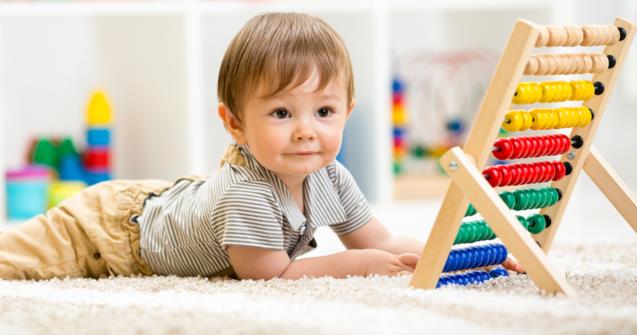
10 facts related to the development of gross motor skills
We are all familiar with the different areas of childhood development. In general, we are also aware of the main developmental stages, but suprisingly, there is always more to learn. Even after many years of work experience and studying the subject, I continue to learn. For this article, I have targeted 10 facts related to the development of gross motor skills that may surprise you. At the very least, this article will represent a reminder that may help you modify certain interventions.
- Providing children with the opportunity to be barefoot as often as possible will help them learn to walk. Going barefoot fosters the development of stability, muscles, coordination, and strength. Take those shoes off!
- Every developmental stage that babies experience (holding their head up, standing, sitting, crawling, etc.) helps prepare them for walking. Even if the goal is to walk, every intervention leading up to this accomplishment is extremely important.
- Children will take their first steps between the ages of 10 months and 18 months.
- Children will always master large movements before they master smaller, more precise movements. For example, they will master movements involving their shoulders before mastering the pincer grasp.
- Let children play freely on the floor. This will provide them with the opportunity to learn to move around and master their gross development. Forget about small chairs or large play stations or centers. Simply let children play on the floor.
- Children learn one thing at a time. For example, a very active child who can stand up independently and walks at a very young age may speak later than his peers. His focus simply is not on language development.
- Aim to encourage children to try new experiences, to push themselves a little bit more. Comfort children, play with them, and foster learning. That is the perfect description of an early childhood educator’s role.
- Just like for all other areas of childhood development, children will go through the same stages for the development of gross motor skills. However, they may not go from one stage to the next at the same pace. You may notice that some children move very quickly from one stage to the next one whereas others may linger at one stage much longer before moving on.
- Gross motor skills and fine motor skills are two very different areas of development. They are often confused. In fact, they are interconnected. Gross motor skills involve balance, coordination, laterality, and muscle tone. Fine motor skills, on the other hand, refer to the execution of smaller, more precise movements.
- Mastering gross motor skills can have a positive impact on children’s ability to do things autonomously. As children become successful at moving around independently, they will be able to do more and more things for themselves.
That completes this list of 10 facts about gross motor skills. Of course, this list could go on and on, but my goal was to target the most important ones, the ones we tend to forget.
Maude Dubé, Specialized educator

 Home
Home Theme activities
Theme activities
 Babies and toddlers
Babies and toddlers
 Arts and crafts
Arts and crafts
 Science
Science
 Creative recipes
Creative recipes
 Tips and tricks
Tips and tricks
 Special needs
Special needs
 Extra activities
Extra activities
 Educ-TV
Educ-TV
 Newsletter
Newsletter  Online store
Online store Educatall club
Educatall club

